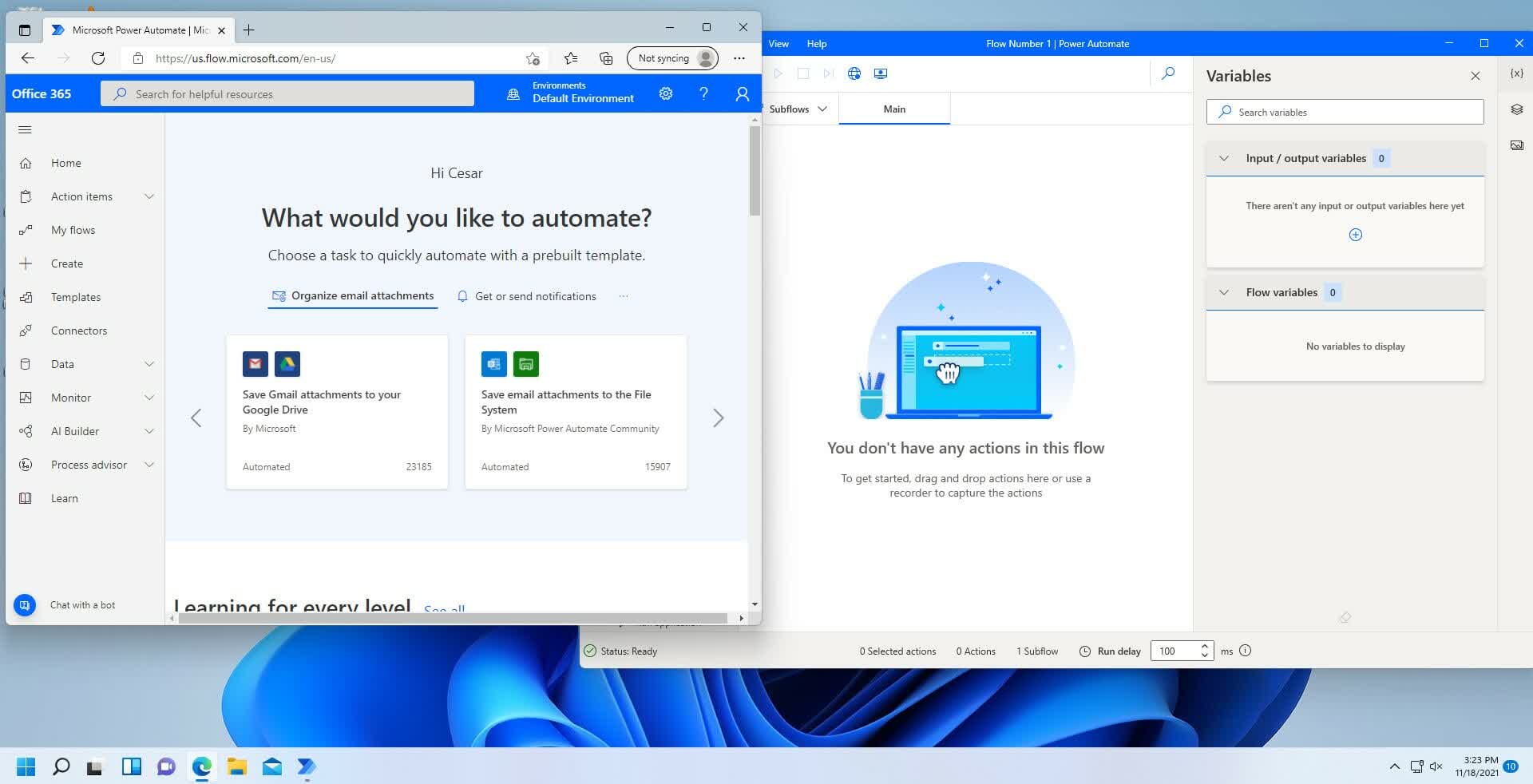This dangerous hacking tool is now on the loose
A dangerous post-exploitation toolkit, first used for cybersecurity purposes, has now been cracked and leaked to hacking communities.
The toolkit is being shared across many different websites, and the potential repercussions could be huge now that it can fall into the hands of various threat actors.

This could be bad. The post-exploitation toolkit in question, called Brute Ratel C4, was initially created by Chetan Nayak. Nayak is an ex-red teamer, meaning that his job included attempting to breach the securities of a given network, which was being actively defended by those on the blue team. Afterward, both teams discuss how it went and whether there are some security flaws to improve upon.
Brute Ratel was created for that exact purpose. It was made for “red teamers” to use, with the ultimate purpose of being able to execute commands remotely on a compromised network. This would then grant the attacker access to the rest of the network in an easier way.
Cobalt Strike is seen as a similar tool to Brute Ratel, and that tool has been heavily abused by ransomware gangs, which is why it’s fairly easy to detect. Brute Ratel has not been quite as widely spread up until now, and it has a licensing verification system that mostly kept the hackers at bay. Nayak is able to revoke the license of any company found to be fake or misusing the tool.
Unfortunately, that’s now a thing of the past, because a cracked version of the tool started to circulate. It was first uploaded to VirusTotal in its uncracked state, but a Russian group called Molecules was able to crack it and entirely remove the licensing requirement from it. This means that now, any potential hacker can get their hands on it if they know where to look.
Will Thomas, a cyber threat intelligence researcher, published a report on the cracked version of the tool. It has already spread to many English and Russian-speaking communities, including CryptBB, RAMP, BreachForums, Exploit[.]in, Xss[.]is, and Telegram and Discord groups.

“There are now multiple posts on multiple of the most populated cybercrime forums where data brokers, malware developers, initial access brokers, and ransomware affiliates all hang…






